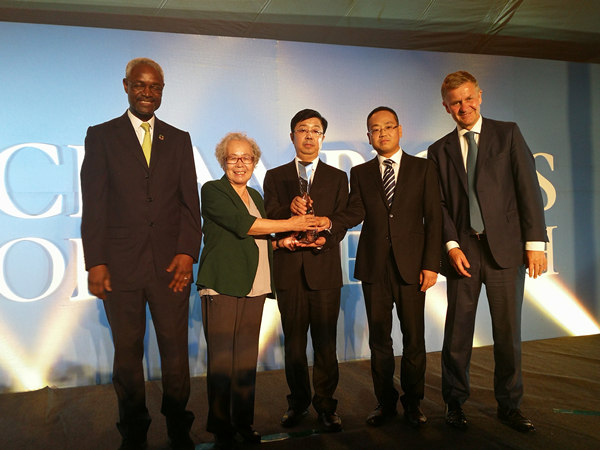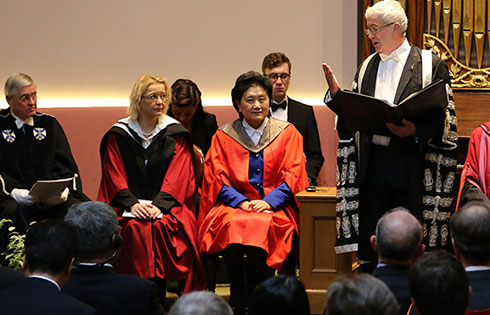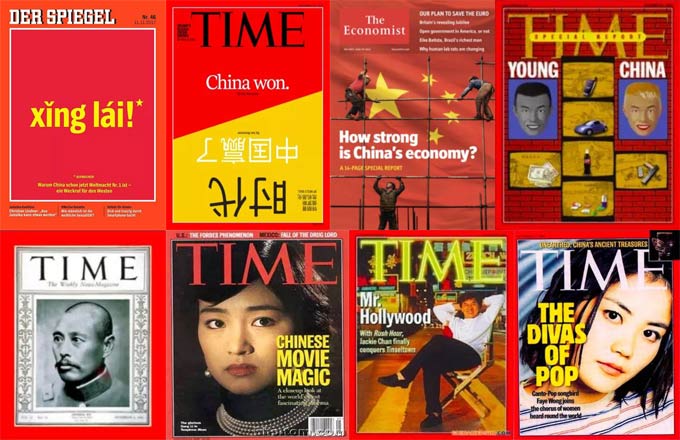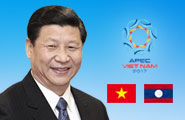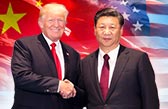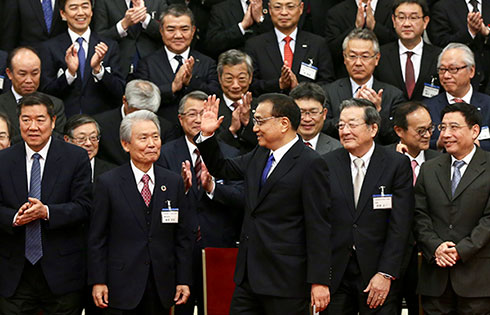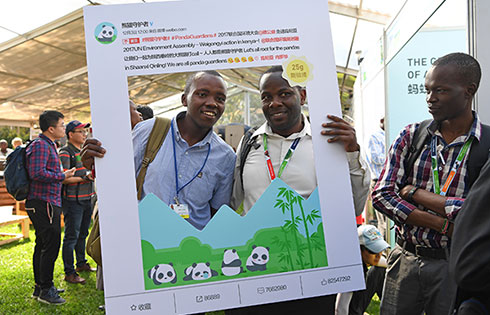High hopes for high-tech export reform
US think tanks and businessmen are hoping for a range of breakthroughs to emerge from the fifth round of the China-US Strategic and Economic Dialogue being held in Washington, DC. High on the wish lists of many will be a loosening of US restrictions on the export of high-tech goods to China.
"Both sides have expectations of the other," Bonnie Glaser, a senior adviser for Asia in the Freeman Chair in China Studies at the Center for Strategic and International Studies, told China Daily on Wednesday. "If the US and China agreed to enter into serious negotiations on a bilateral investment treaty, both would benefit."
Her comments came in light of the tone set in the Sunnylands talks between Chinese President Xi Jinping and US President Obama last month, at which the two sides agreed to promote a more balanced approach to bilateral trade and investment structures, including more active steps on the US' part to relax restrictions on high-tech exports to China.
Stanley Chao, a Chinese-American consultant who helps Western companies do business in China, told China Daily on Wednesday, "more trust and meetings will be needed before we see positive movements on allowing high-tech imports to China."
"I do feel there has been for the past 50 years a sense of domination of Asia by the US," he said. "The US sometimes feels it rules over all Asian countries, including China. This has to stop for both countries to work together."
Americans need to listen to what the Chinese are proposing, instead of just always demanding concessions, he said.
"I think US officials are prepared to do this and listen to the opinions of the Chinese officials," he said, calling the Obama-Xi summit a "feeling out" for both countries of each other. He says the real work will be done this week and will set the tone for "real, implementable actions".
George Koo, an international business consultant and board member of New America Media, told China Daily that it has been nearly three years since Obama declared his intention to reform the US export control policy and greatly simplify procedures in a way that would facilitate high-tech exports to China.
According to a US government statement on Obama's new policy direction, "the current export control system is overly complicated, contains too many redundancies, and, in trying to protect too much, diminishes our ability to focus our efforts on the most critical national security priorities."
"At the time, I was among those that vigorously applauded this declaration," said Koo. "Unfortunately, nothing much in terms of actionable reform has actually taken place since the White House announcement dated August 30, 2010. At this point, Washington DC is too entrenched in gridlock."
China is potentially the biggest customer for high-tech exports from the US, but the US has never benefited from this potential because of the "ambiguity of prevailing export control policy", Koo added.
The overhaul, if it is implemented after the SED, will bolster the US economy and simplify the lives of professionals who are working in the high-tech industry, as well as simplifying business relations between two sides, he said.
Notes
According to research by Li Bin, a professor of international relations at Tsinghua University, based on average 2004-09 data, if US rules on trade with China were the same as those that it applies to trade with France, US exports to China would increase by $45.7-$76 billion, narrowing the US-Sino trade deficit by 20.28 percent to 22.74 percent. Similarly, should the United States adjust its rules governing trade with China to those applicable to Brazil, the increase in exports would be $13.5 billion to 54.9 billion, narrowing the US-China trade deficit by 5.95 percent to 24.38 percent. If the US rolled back its export restrictions against China to the 1998 level, its exports to China would increase by $17.8 billion to 37.8 billion.
Special coverage:
The 5th China-US Strategic and Economic Dialogue




